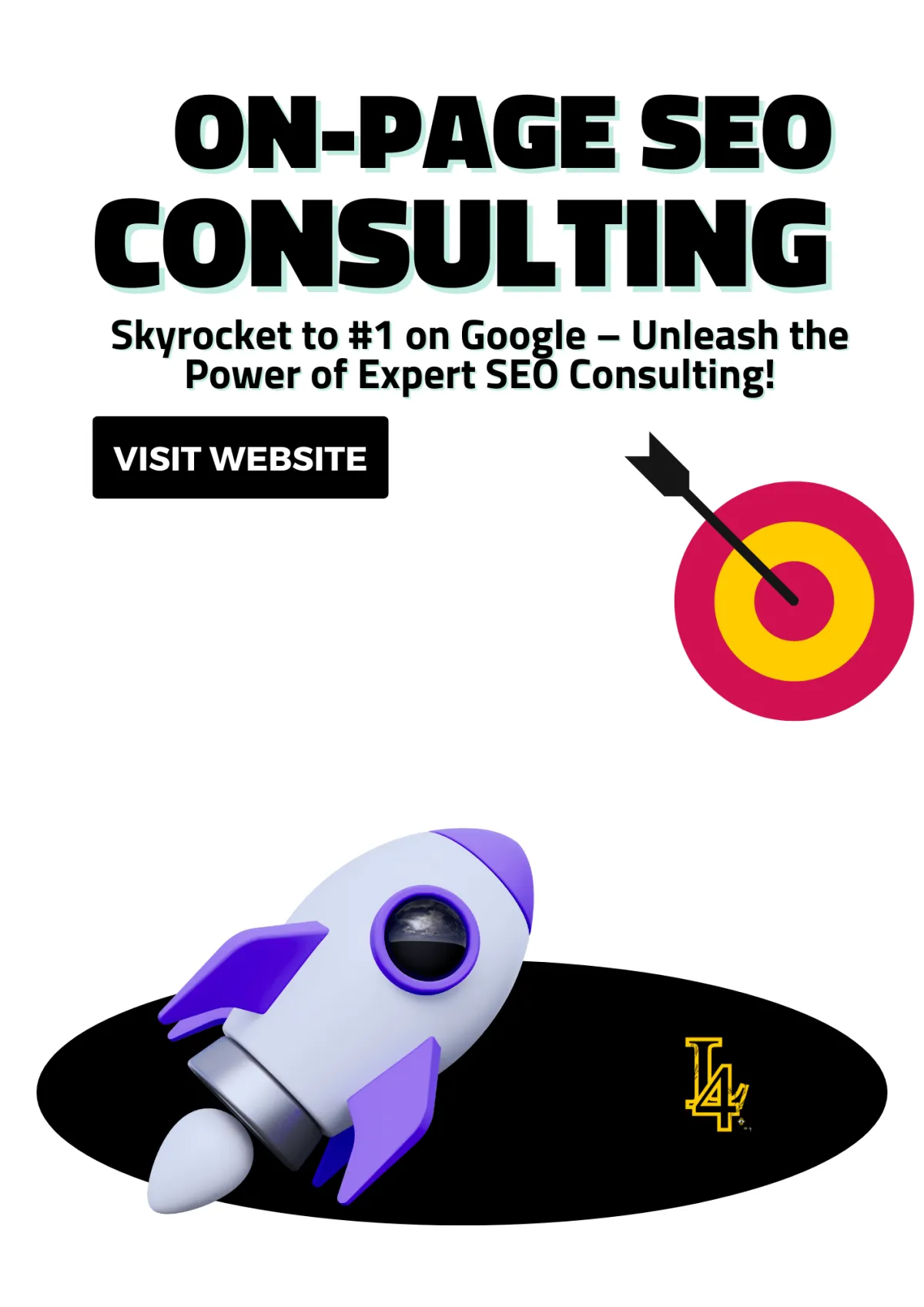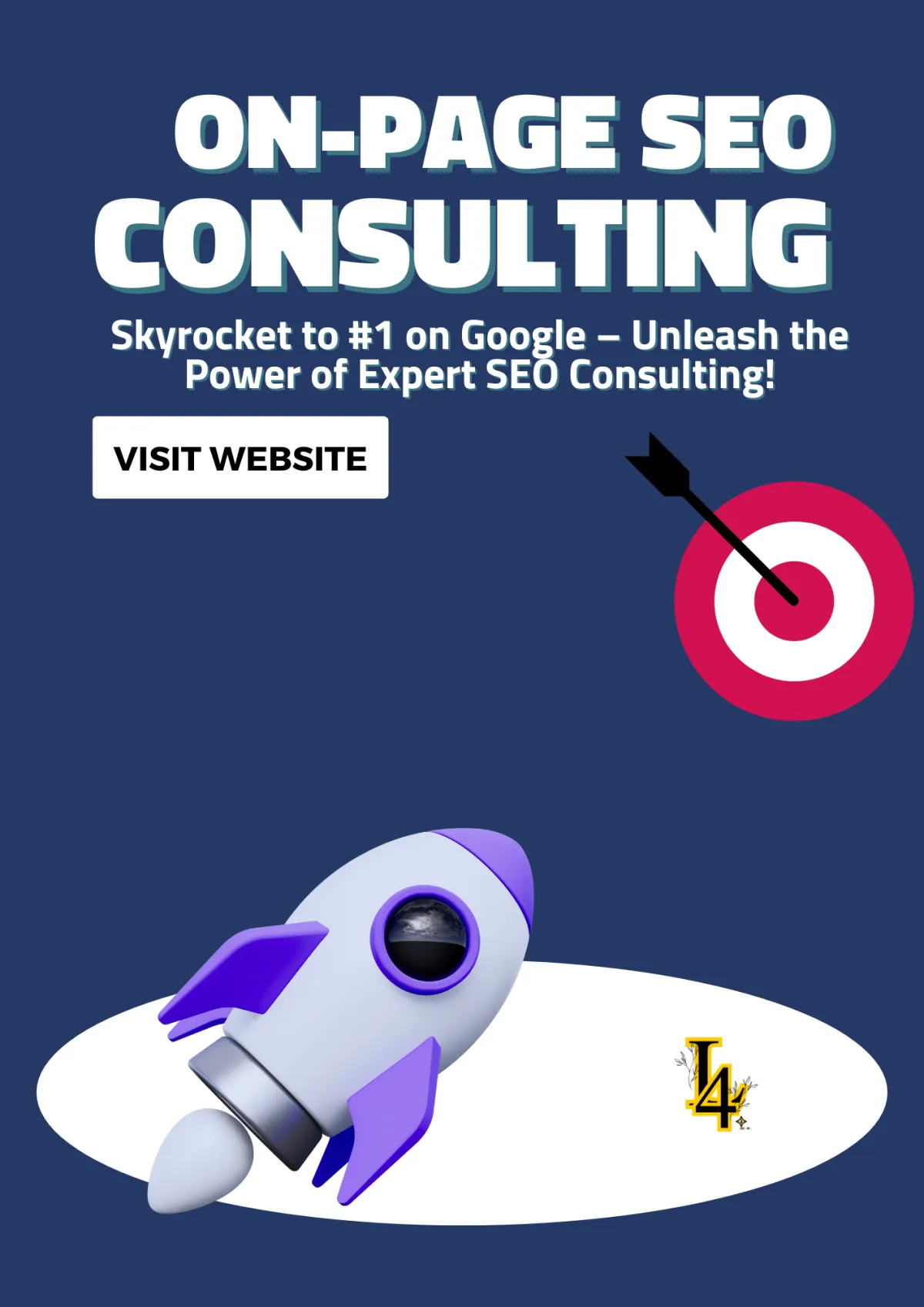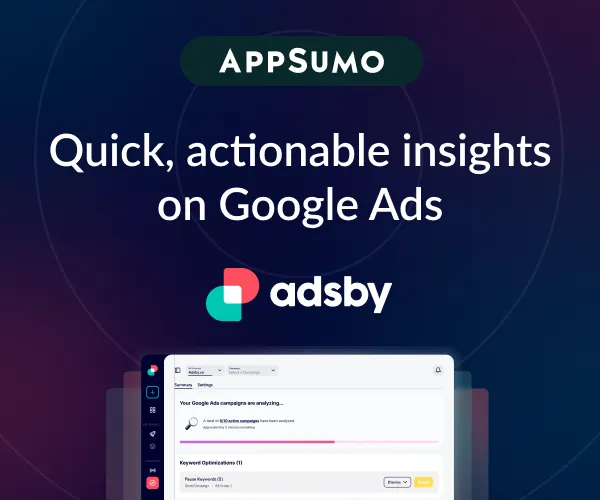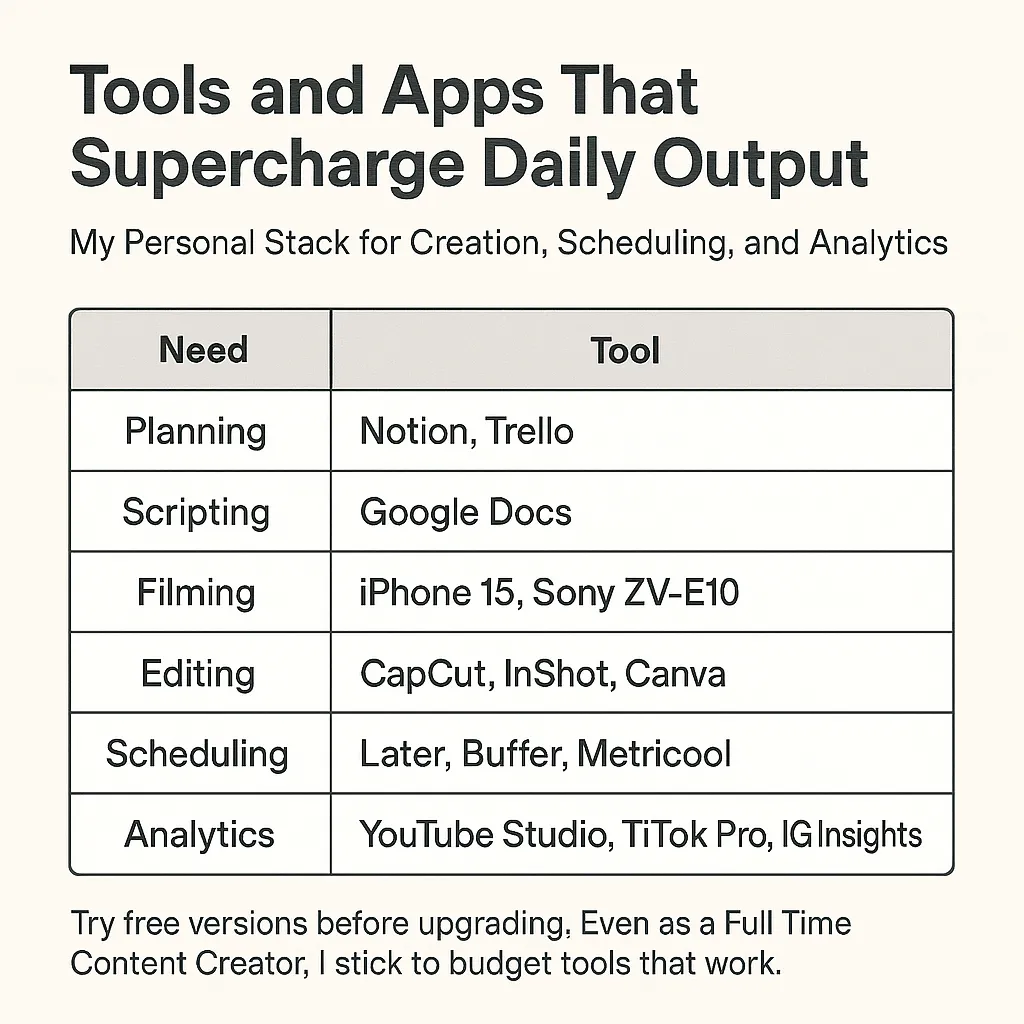
Master Your Development Process: The Ultimate Guide to Web App Tools
Don’t let your projects fall behind—master the art of development with the best Web App Tools available today
Table Of Content
The Ultimate Guide to Web App Tools: Boost Your Development Process
1. Front-End Development Tools
How to Choose the Right Web App Tools
1. Define Your Project Requirements
Benefits of Using Web App Tools
Top Tips for Using Web App Tools Effectively
Comparison Table: Choosing the Right Web App Tools
Emerging Web App Tools and Trends
Innovative Development Tools Shaping the Future of Web Applications
1. AI-Powered Development Tools
2. Low-Code and No-Code Platforms
4. Real-Time Collaboration Tools
5. Progressive Web App (PWA) Tools
7. Gamification and Interactive Design Tools
How to Stay Ahead with Emerging Tools
Top Web App Tools for Every Niche in Web Development
Tools for Specific Niches in Web Development
1. E-commerce: WooCommerce and Shopify Integrations
2. Data Visualization: D3.js and Chart.js
3. Real-Time Applications: Firebase and Socket.io
5. Social Media Integration: Buffer and ShareThis
6. Gaming and Interactive Design: Unity WebGL and Phaser
7. Healthcare and Education: HealthKit and Moodle
8. Marketing and Analytics: Google Analytics and Hotjar
9. Automation and Workflow Optimization: Zapier and Jenkins
10. Accessibility Tools: Axe and Lighthouse
Why Niche-Specific Tools Matter
1. WordPress for Versatility and Customization
2. Shopify for E-Commerce Excellence
3. Webflow for Design-First Development
4. Firebase for Real-Time Applications
5. Wix for Simple and Quick Websites
6. Squarespace for Polished and Professional Sites
7. GitHub Pages for Developers
Why Web Development Platforms and Web App Tools Go Hand in Hand
Recommended Articles
The Ultimate Checklist: Preparing to Use a Free HTML Website Maker
Drag-and-Drop Website Builders vs. Coding: Which is Better for You?
Must-Have Software for Web Developers
Web Development Resource Process: From Planning to Deployment
How Hard Is It to Make a Website? A Beginner's Guide
Essential Website Features: Build Smarter, Convert Faster

The Ultimate Guide to Web App Tools: Boost Your Development Process
The right web app tools don’t just save time—they help you create more robust, user-friendly, and scalable applications. Whether you’re a beginner or a seasoned developer, understanding which tools to use (and how to use them) is critical to your success. This guide walks you through the best tools for every stage of the development process.
What Are Web App Tools?
Web app tools are software or platforms designed to assist developers in creating, testing, and deploying web applications. These tools cover everything from front-end frameworks and back-end technologies to testing environments and performance monitoring solutions.
Why Use Web App Tools?
Efficiency: Automate repetitive tasks and reduce manual coding.
Quality Assurance: Ensure your application works flawlessly with built-in testing capabilities.
Scalability: Build applications that can grow with your user base.
Must-Have Web App Tools
Here are some essential web development tools to consider:
1. Front-End Development Tools
These tools help you design the visual and interactive parts of your application.
React.js: A JavaScript library for building user interfaces.
Vue.js: A lightweight framework that simplifies UI development.
Bootstrap: A popular CSS framework for responsive designs.
Pro Tip: Use these tools to create a seamless and attractive user experience.
2. Back-End Development Tools
For server-side operations, back-end tools ensure smooth data processing and application logic.
Node.js: A powerful runtime environment for building scalable server-side applications.
Django: A Python framework known for its security and scalability.
Laravel: A PHP framework that simplifies web application development.
Why It’s Important: Back-end tools are the backbone of any application, handling databases, authentication, and APIs.
3. Code Editors
The right code editor enhances productivity and minimizes errors.
Visual Studio Code: A lightweight, highly customizable editor.
Sublime Text: Known for its speed and simplicity.
Atom: A hackable text editor for modern developers.
Pro Tip: Choose a code editor that integrates well with your preferred development tools for web development.
4. Collaboration Tools
Working with a team? Collaboration tools keep everyone on the same page.
GitHub: A platform for version control and collaboration.
Slack: A communication tool for real-time collaboration.
Trello: A project management tool for tracking progress.
Why Use Them: Collaboration tools streamline workflows and improve communication among team members.
5. Testing Tools
Testing is critical to ensure your web app runs smoothly across devices and browsers.
Selenium: Automates browser testing.
Postman: Simplifies API testing.
Jest: A JavaScript testing framework.
Pro Tip: Integrate testing tools early in the development process to catch bugs before deployment.
How to Choose the Right Web App Tools
Selecting the right tools depends on your project’s needs and your development goals. Here’s how to decide:
1. Define Your Project Requirements
Are you building a static website or a dynamic web app?
Will your app handle complex data or require real-time interactions?
2. Consider Your Skill Level
Beginners might prefer simpler tools like Bootstrap or Visual Studio Code.
Experienced developers may opt for robust frameworks like Django or React.js.
3. Look for Scalability
Choose tools that can grow with your application, such as Node.js for back-end scalability or GitHub for version control.
Benefits of Using Web App Tools
1. Faster Development
Many web development tools come with pre-built components and templates that save time.
2. Improved Code Quality
Integrated testing and debugging features ensure clean, error-free code.
3. Enhanced Collaboration
Tools like GitHub make it easy for teams to work together, track changes, and maintain a clear development history.
Top Tips for Using Web App Tools Effectively
Stay Updated: Technology evolves quickly, so keep your tools up to date.
Integrate Wisely: Use tools that work seamlessly together, such as pairing React.js with Node.js.
Focus on Learning: Invest time in mastering a few key tools rather than spreading yourself too thin.

Comparison Table: Choosing the Right Web App Tools
Selecting the right tools can be daunting with so many options available. Here's a quick comparison of some of the most popular tools based on their key features, ease of use, and ideal applications.

Emerging Web App Tools and Trends
As the web development landscape evolves, new tools and technologies are shaping how developers create, test, and deploy applications. Here are some emerging development tools for web development that are making waves in the industry:
Innovative Development Tools Shaping the Future of Web Applications
1. AI-Powered Development Tools
Artificial Intelligence is transforming the way developers build web applications.
GitHub Copilot: An AI-powered code completion tool that suggests entire lines or functions as you type.
TabNine: AI-assisted code auto-completion compatible with multiple IDEs.
Impact: These tools accelerate coding by reducing repetitive tasks, helping developers focus on problem-solving and innovation.
2. Low-Code and No-Code Platforms
Low-code platforms allow developers to create web apps with minimal coding, while no-code platforms enable non-developers to build functional applications.
OutSystems: A powerful low-code platform for enterprise-grade web apps.
Bubble: A no-code tool that’s great for building prototypes and MVPs.
Why It’s Trending: These platforms democratize web development, making it accessible to individuals with limited technical expertise.
3. Serverless Architecture
Serverless platforms let developers focus on writing code without worrying about managing servers.
AWS Lambda: A serverless compute service that runs code in response to events.
Vercel: Optimized for deploying modern front-end frameworks like Next.js.
Benefit: Serverless architecture simplifies deployment and scales seamlessly, saving costs and reducing complexity.
4. Real-Time Collaboration Tools
Collaboration tools are becoming essential for distributed teams working on web development projects.
Live Share (Visual Studio Code): Enables real-time collaboration on code.
CodeSandbox: A collaborative online code editor for rapid prototyping.
Why It Matters: These tools improve team productivity, especially in remote work environments.
5. Progressive Web App (PWA) Tools
PWAs combine the best features of web and mobile apps, offering a native-like experience on browsers.
Lighthouse: Google’s tool for auditing and optimizing PWA performance.
Workbox: A set of libraries for building PWAs with ease.
Future Potential: PWAs are becoming increasingly popular for businesses looking to offer app-like experiences without the cost of native app development.
6. Web3 Development Tools
With the rise of blockchain technology, Web3 tools are emerging for decentralized application development.
Hardhat: A development environment for Ethereum-based applications.
Moralis: Simplifies Web3 app development by offering APIs for blockchain interactions.
What to Expect: Web3 tools will shape the next generation of web applications, focusing on decentralization and user privacy.
7. Gamification and Interactive Design Tools
As user engagement becomes a priority, gamification tools are gaining traction.
Unity WebGL: For creating interactive 3D experiences on web platforms.
Phaser: A JavaScript framework for building 2D games and animations.
Trend: Adding interactive and gamified elements can significantly boost user retention and engagement.
How to Stay Ahead with Emerging Tools
Experiment with New Tools: Test upcoming technologies in smaller projects to understand their benefits and limitations.
Follow Industry Trends: Keep an eye on developer blogs, forums, and communities to stay updated.
Invest in Learning: Many of these tools offer free resources, tutorials, and documentation to help developers get started.
Top Web App Tools for Every Niche in Web Development
Tools for Specific Niches in Web Development
Choosing the right web app tools often depends on the industry or specific application you’re targeting. Different niches require tailored solutions to meet their unique demands, and there’s a wide range of web development tools designed to excel in these areas.
1. E-commerce: WooCommerce and Shopify Integrations
For businesses focused on selling products online, platforms like WooCommerce and Shopify are invaluable. These tools provide seamless integrations with payment gateways, inventory management, and customizable storefronts. Whether you’re building a small online store or a large e-commerce platform, these tools streamline the development process while enhancing the user experience.
2. Data Visualization: D3.js and Chart.js
If your web application revolves around presenting data, tools like D3.js and Chart.js are essential. D3.js offers unparalleled flexibility for creating interactive, dynamic visualizations, while Chart.js provides an easy-to-use library for creating graphs and charts. Both tools make it easier to turn raw data into meaningful, engaging visuals.
3. Real-Time Applications: Firebase and Socket.io
For apps requiring real-time interactions, such as chat applications or live updates, Firebase and Socket.io are top choices. Firebase provides a back-end as a service (BaaS), allowing real-time database updates, while Socket.io facilitates low-latency, bi-directional communication between the server and client.
By selecting niche-specific development tools for web development, you can create more effective and targeted applications, ensuring that your solutions meet industry-specific needs.
4. Content Management: WordPress and Ghost
For websites requiring frequent content updates, such as blogs, news portals, or corporate websites, WordPress and Ghost stand out. WordPress is a versatile tool with thousands of plugins and themes, making it ideal for everything from personal blogs to enterprise websites. Ghost, on the other hand, is tailored for writers and publishers, offering a minimalist and lightning-fast content management experience.
5. Social Media Integration: Buffer and ShareThis
If your project involves integrating social media functionality, tools like Buffer and ShareThis are must-haves. Buffer enables easy scheduling and management of social media posts directly from your application, while ShareThis allows users to share content across multiple platforms with a simple click. These tools enhance user engagement and drive traffic to your web app.
6. Gaming and Interactive Design: Unity WebGL and Phaser
For developers working on gaming apps or interactive designs, Unity WebGL and Phaser are excellent options. Unity WebGL brings the power of 3D gaming to browsers, allowing for immersive experiences, while Phaser is a robust 2D game framework. These tools help developers create visually captivating and engaging user interfaces.
7. Healthcare and Education: HealthKit and Moodle
In niche industries like healthcare and education, specialized tools like HealthKit and Moodle simplify development. HealthKit, for instance, allows the integration of health data into applications, while Moodle provides a robust platform for creating online learning environments.
By leveraging industry-specific web app tools, developers can not only streamline their workflows but also deliver applications that meet the unique demands of their target audiences. These tools are key to building effective, user-centric web applications that stand out in competitive markets.
8. Marketing and Analytics: Google Analytics and Hotjar
For web applications focused on user engagement and marketing optimization, tools like Google Analytics and Hotjar are essential. Google Analytics offers detailed insights into website traffic, user demographics, and behavior, allowing you to track performance and identify growth opportunities. Hotjar, on the other hand, provides heatmaps, session recordings, and feedback tools, helping developers understand how users interact with their web app. These insights enable data-driven improvements to design, functionality, and content strategies.

9. Automation and Workflow Optimization: Zapier and Jenkins
Automation tools like Zapier and Jenkins are invaluable for streamlining workflows in complex web development projects. Zapier connects multiple apps and automates tasks, such as updating spreadsheets or sending notifications when new data is added to a platform. Jenkins, a continuous integration tool, automates code testing and deployment, ensuring a smooth development cycle and reducing manual workload.
10. Accessibility Tools: Axe and Lighthouse
Ensuring your web app is accessible to all users is crucial. Axe is a comprehensive tool that helps developers identify and fix accessibility issues in web applications, making them compliant with standards like WCAG. Lighthouse, another popular tool, not only audits accessibility but also evaluates performance, SEO, and best practices, providing actionable insights for improvement.
Why Niche-Specific Tools Matter
Using industry-focused web development tools allows developers to tailor their applications to the specific needs of their target audience. These tools enhance functionality, improve user experience, and increase efficiency, making them invaluable for specialized projects.
Pro Tip for Developers
When selecting tools for a specific niche, consider factors like ease of integration, scalability, and community support. Test multiple options to determine which tools align best with your project’s goals and technical requirements.
By leveraging the right web app tools for your industry, you can deliver high-performing, user-friendly, and impactful web applications that stand out in competitive markets.
Exploring the Best Web Development Platforms for Your Web App Tools
When diving into niche-specific tools, choosing the right web development platforms is crucial for harnessing the full potential of your chosen web app tools. Platforms serve as the foundation for your projects, providing the flexibility, scalability, and ease of integration necessary to maximize these tools' capabilities. Let’s explore how different platforms enhance the performance of various web app tools and cater to unique development needs.
1. WordPress for Versatility and Customization
WordPress isn’t just a content management system—it’s a versatile web development platform perfect for integrating web app tools like WooCommerce, Elementor, or Google Analytics. Whether you’re creating a blog, corporate site, or e-commerce store, WordPress allows you to leverage tools to enhance functionality.
Why WordPress?
Seamless integration with tools like Hotjar and SEMrush.
Thousands of plugins to extend functionality without custom coding.
Active developer community for support and updates.
Pro Tip: Combine WordPress with analytics-focused web app tools to monitor traffic and user behavior efficiently.
2. Shopify for E-Commerce Excellence
If your niche is online retail, Shopify stands out as an e-commerce-focused web development platform designed to work seamlessly with web app tools. From payment gateway integrations to customer management, Shopify’s ecosystem enhances every aspect of the shopping experience.
Highlights:
Integration with web app tools like Zapier for automating workflows.
Add apps for loyalty programs, inventory management, and marketing automation.
Scalable features to grow alongside your business.
Pro Tip: Pair Shopify with data visualization tools like Chart.js for better sales insights.
3. Webflow for Design-First Development
For developers focused on design and functionality, Webflow is a standout web development platform that supports the integration of creative and performance-driven web app tools. Its visual editor empowers designers to bring advanced features to life without complex coding.
Best For:
Dynamic content creation powered by Webflow CMS and third-party web app tools.
Seamless integration with marketing tools like HubSpot and Mailchimp.
Responsive design tools paired with analytics web app tools for optimization.
Pro Tip: Use Webflow’s flexibility to embed real-time collaboration tools like Firebase directly into your design process.
4. Firebase for Real-Time Applications
Firebase is a powerhouse for building web apps that need real-time functionality. As a back-end-focused web development platform, Firebase pairs perfectly with a variety of web app tools for chat, notifications, and live data synchronization.
Key Features:
Real-time database and authentication for collaborative apps.
Easy integration with Web3-focused tools for decentralized applications.
Built-in hosting for seamless deployment.
Pro Tip: Pair Firebase with serverless tools like AWS Lambda for advanced back-end scalability.
5. Wix for Simple and Quick Websites
Wix is ideal for small-scale projects where you need an all-in-one web development platform that plays well with beginner-friendly web app tools. From blogs to small businesses, Wix’s drag-and-drop editor simplifies the development process while offering powerful integrations.
Why Choose Wix?
Built-in integration with e-commerce web app tools like Ecwid.
Access to marketing tools like Buffer to schedule and automate social posts.
Built-in analytics dashboards for monitoring performance.
Pro Tip: Combine Wix with SEO tools like Ahrefs to boost visibility and traffic.
6. Squarespace for Polished and Professional Sites
Squarespace combines aesthetic appeal with functionality, making it an excellent web development platform for integrating web app tools that enhance design and marketing. Its focus on sleek templates and built-in tools ensures a professional user experience.
Perks of Squarespace:
In-house marketing and analytics tools with options for external integrations.
Ideal for pairing with web app design tools like Canva for visual consistency.
Streamlined e-commerce capabilities supported by third-party integrations.
Pro Tip: Use Squarespace to showcase interactive elements built with tools like Unity WebGL.
7. GitHub Pages for Developers
If you’re a coder looking for a minimalist web development platform, GitHub Pages is perfect for hosting static sites and integrating lightweight web app tools. It’s a great choice for portfolios, documentation, and personal projects.
Why Developers Love GitHub Pages:
Free hosting for static sites, perfect for embedding tools like Phaser for interactive designs.
Integrated version control ensures easy collaboration on team projects.
Compatible with automation tools like Jenkins for continuous deployment.
Pro Tip: Use GitHub Pages with static site generators like Jekyll for even more customization options.
Why Web Development Platforms and Web App Tools Go Hand in Hand
By choosing the right web development platform, you unlock the full potential of your web app tools. Whether it’s enhancing e-commerce, simplifying content management, or optimizing analytics, the right platform-tool combination can streamline workflows and amplify results.
Pro Tip: Always test integrations before committing to a platform. A seamless connection between your chosen web development platform and your tools ensures a smooth development process and better user experience.
With these platforms and tools at your disposal, you’re equipped to tackle any project and create stunning, high-performing web applications tailored to your niche!


















